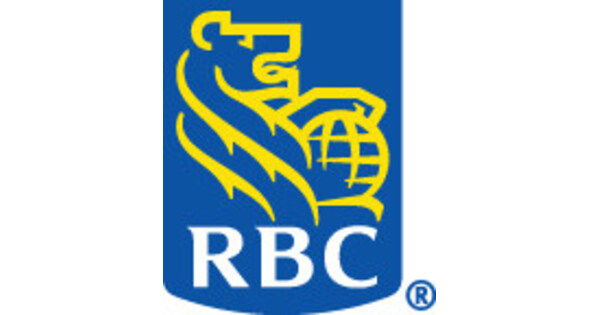Currently, under sections 195 and 196A of the Income Tax Act, 1961, mutual funds are required to deduct TDS on capital gains and dividends paid to NRI investors. The surcharge on TDS is calculated based on the total income of the investor, with rates ranging from 10% to 37%, depending on income slabs. In addition, a 4% Health and Education Cess is levied on the base tax and surcharge.
However, mutual funds face difficulties in determining the appropriate surcharge rate at the time of dividend payment or redemption because the total income of NRI investors is unknown in advance. Mutual funds may make multiple payments throughout the year, but the income and redemption amounts vary, making it impossible to estimate the NRI’s income slab accurately. This uncertainty has led to challenges, including the risk of mutual funds being held liable for any shortfall in TDS during assessment.
(Join our ETNRI WhatsApp channel for all the latest updates)
To avoid this confusion, some mutual funds have been applying the maximum surcharge rate of 37%, while others apply the applicable surcharge based on the actual transaction amount. This lack of uniformity has led to complaints from NRI investors, urging for a consistent surcharge rate across all mutual funds.
AMFI’s proposal seeks to simplify these issues by introducing a single, flat surcharge rate, ensuring greater consistency, reducing confusion, and easing the TDS compliance burden on mutual funds while benefiting NRI investors.











Leave a Reply